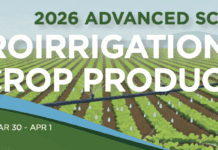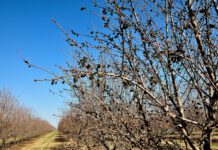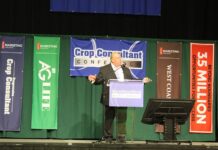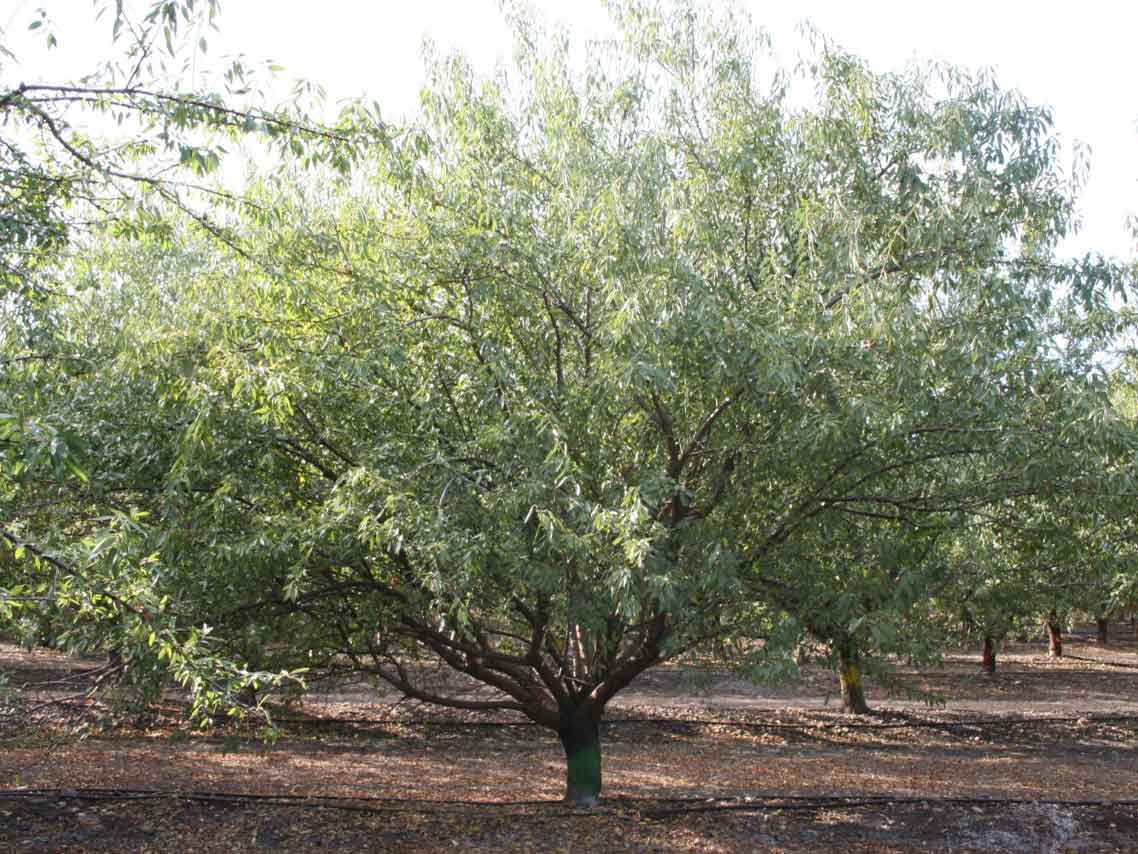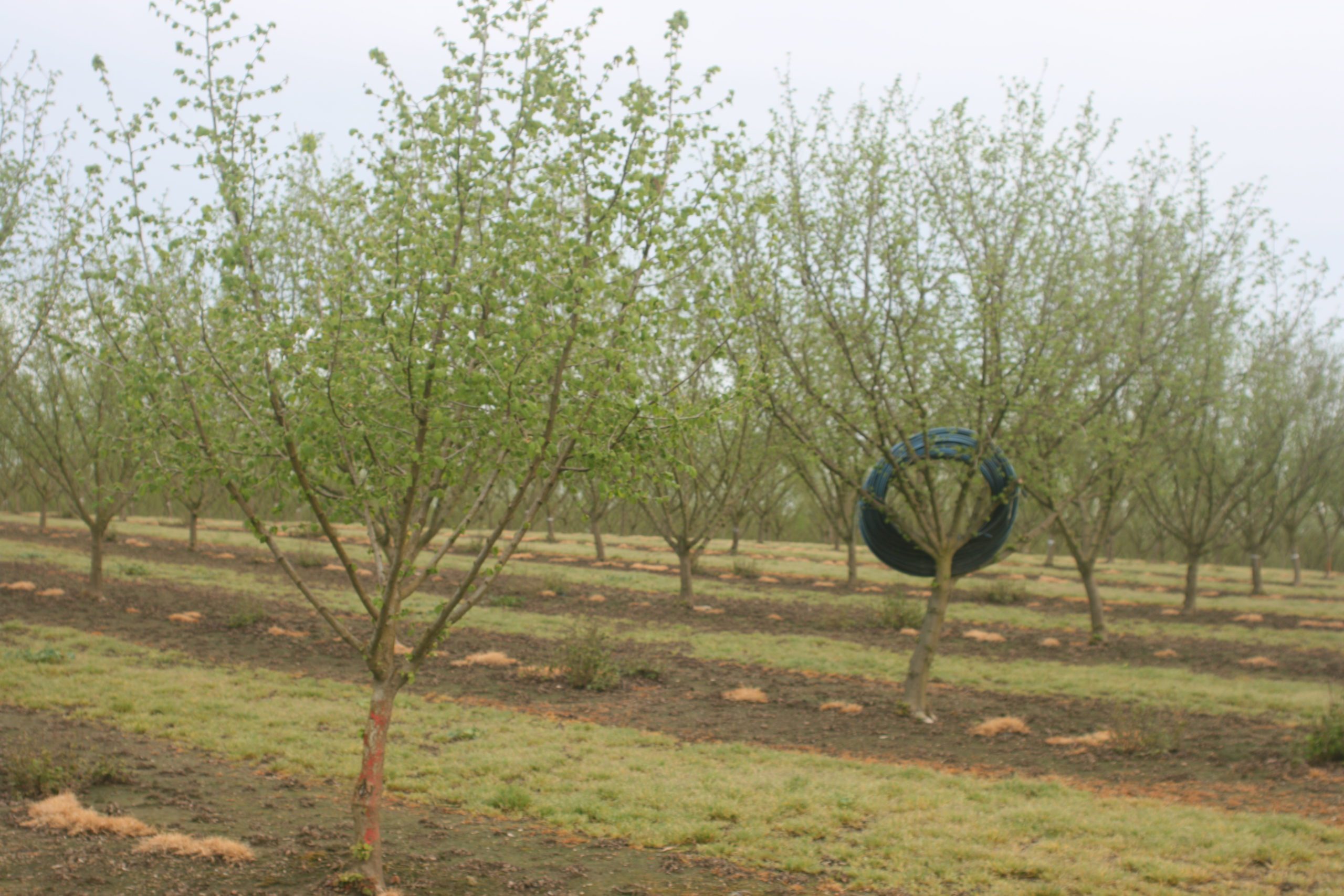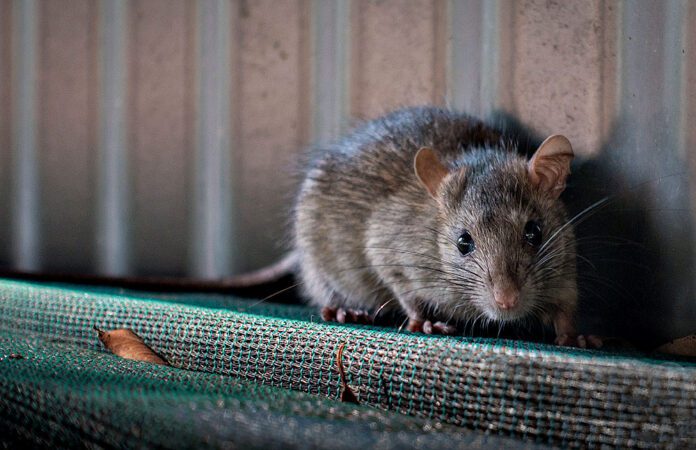
Listen to the audio version of this article. (Generated by A.I.)
Growers have always faced tough odds. From unpredictable weather and shifting market demands to the growing impacts of trade, changing weather patterns and increasing regulations, producing food in today’s world is no easy task. However, there’s a quieter, rapidly growing crisis that many outside the agricultural community rarely think about: pests.
Insects, invasive weeds and plant diseases are growing stronger, spreading faster and causing more damage than ever before. These are a serious and growing threat to our entire food supply and public health system. And whether you live on a farm, in a suburb or the heart of a city, this threat affects you.
Even with our current tools, the United Nations estimates that pests destroy 40% of the world’s crops each year. That’s nearly half of the food we work so hard to produce that never reaches a grocery store, school cafeteria or family dinner table. Such a level of loss would be unacceptable in any other industry, yet it continues, despite having the science, tools and experience to fight back.
A Growing Crisis
Changing temperatures, longer growing seasons and increased trade routes have created perfect conditions for pest populations to spread and thrive. They are no longer just seasonal threats in specific areas. Many pests are now a year-round problem, expanding into regions where they were once unheard of.
Across the West, growers are utilizing integrated pest management to closely monitor their fields and apply tools only when necessary. When applied properly, today’s tools are safe, effective and essential for maintaining viable crops and food systems.
But the threat doesn’t end at the farm gate.
Urban areas are now experiencing pest outbreaks that were once considered rural issues. Cities like San Francisco, San Diego and Los Angeles have experienced spikes in rodent infestations. These pests chew through infrastructure, contaminate food and spread diseases. As environmentalists pressure regulators and lawmakers to restrict and ban access to pest control tools, urban residents are feeling the consequences in their neighborhoods, restaurants and hospitals, not just at the grocery store.
As Emilie St. John, with 2Urban Girls, reported in South Central, “In 2023, Los Angeles was ranked the second rattiest city in the United States. In 2022, California Gov. Gavin Newsom described the resurgence of typhus, a flea-borne disease spread through infected rats and other small mammals, as a ‘medieval disease’ after 171 cases were reported in Los Angeles County alone… Communities that see a rise in rat populations are often challenged with infrastructure and sanitation problems. Rats are willing to forage up to 950 feet away from their home. Cities that have a lot of open dumpsters and trash cans are attractive to rats because of the easy access to food.”
This is no longer just a rural challenge; it’s a statewide problem.
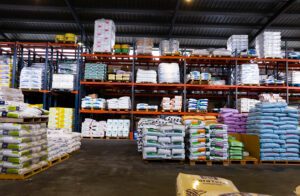
The Cost of Inaction
When pests destroy crops, the damage is felt far beyond the field. It shows up in rising food prices, strains on food banks and increased food insecurity, particularly in underserved communities. Low-income families and school lunch programs are especially vulnerable when prices spike or fresh food becomes scarce.
And it’s not just about cost. It’s about health. Less fresh produce means fewer healthy options, more highly processed food choices and worse long-term health outcomes for millions of Californians.
Yet, even as these threats grow, policymakers and regulators are still considering more bans and restrictions on the very tools that help manage pests.
We’re not asking for a blank check. We support science-based, responsible regulation. But blanket restrictions, especially those not grounded in field-level realities, put everyone at risk.
Showing Up
At Western Plant Health, we know that facts alone don’t win the day. That’s why we’re in the room, even when few are willing to speak up for growers and agricultural professionals to have access to pest control tools.
Whether it’s at a legislative hearing, a regulatory work group or a town hall meeting packed with activists, you can find us there. We tell the real story of what it takes to protect crops, fight pests, really protect the health and safety of residents and feed communities. And we do it using real-life examples, data, science and decades of field experience.
We all need to let our state and local policymakers understand that pest control isn’t just a grower’s issue; it’s a public issue. And we need to keep the pressure on. We need everyone’s voice.
Growers, PCAs, applicators and agricultural professionals, your experiences matter. You are the frontline defenders of food security. You know what happens when a pest spreads unchecked, when permits are delayed or when a tried-and-true tool is suddenly taken off the table. And you know what really happens in your local communities when decision-makers choose to ignore the facts about why controlling pests is important. Your stories are what humanize this issue and bring reality into the policy debate.
Connect with your commodity group or ag association. Your voice matters more than you think. Not ready to join a committee? That’s OK. Start small. Attend a fundraising event, attend a local meeting or donate a raffle prize for a golf tournament. Every bit of support helps build momentum.
We need policymakers to hear the full story. We need to protect the tools, the people and the practices that keep California strong.
What’s at Stake
Without modern pest management tools, we face:
• Crop loss
• Higher food prices
• Greater dependence on imported food
• Increased pest outbreaks in both urban and rural areas
• Higher emissions from long-haul imports replacing local crops
We also risk losing the next generation of growers, who may decide the challenges are simply too great to keep going. If we can’t give them a fair chance, equipped with the tools, technologies and policy support they need, then we risk the long-term viability of California farming itself.
The Path Forward
We know how to solve this. Science, not fear, must guide policy. With proper training, monitoring and technology, pest control tools can be used safely and responsibly. We’ve seen this work. We’ve done the research. We’ve lived it.
Now, it’s time for policymakers and the public to trust those who actually grow and protect our food.
That means:
• Understanding integrated pest management practices and ensuring a full toolbox that makes them work
• Opposing blanket bans on key technologies without scientific justification
• Speeding up approvals for new, safer pest management tools
• Protecting local agriculture from unnecessary barriers so we can compete, thrive and feed our state
Let’s Talk Like Our Food Supply Depends On It, Because It Does
Western Plant Health will continue showing up at the State Capitol, at town halls and anywhere decisions are being made. But we can’t do it alone.
We need a chorus of voices from across California’s agricultural community to stand together and say: Food security matters. Because without pest tools and a united voice, California won’t just lose crops; we’ll lose our future as a global leader in food and farming.






